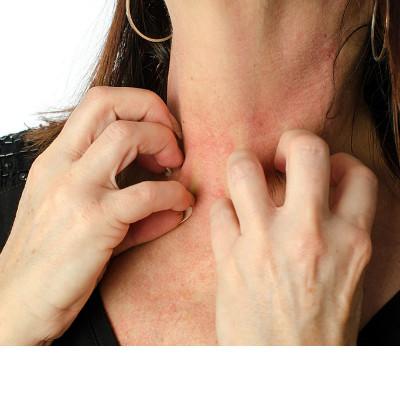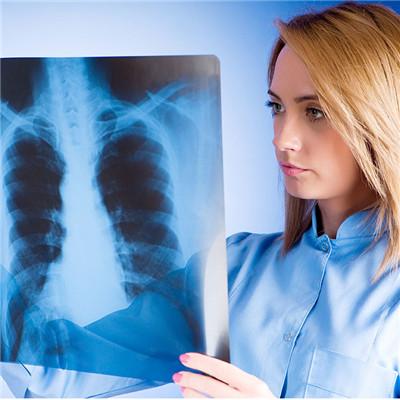Symptoms of anthrax?
summary
Bacillus anthracis belongs to aerobic bacillus, which is the pathogen of anthrax (zoonosis) in some livestock, wild animals and human beings. The highest incidence rate is cattle and sheep, and pigs can also occur. People often suffer from slaughter, consumption or contact with dead animals. The harm of anthrax to social public health and economic development still accounts for a considerable proportion. Anthrax caused by this fungus can occur all over the world in four seasons.
Symptoms of anthrax?
Intestinal anthrax was caused by ingestion of diseased animal meat products. The main symptoms of intestinal anthrax were systemic poisoning, gastrointestinal ulcer, bleeding and toxemia.

Anthrax of mediastinal barrier is rare, which is caused by inhalation of spores of pathogenic bacteria. It mostly occurs in fur workers with high mortality. At the beginning of the disease like a cold, and then severe bronchial pneumonia, can die of toxic shock in 2 to 3 days.

Skin anthrax is the most common, mostly occurs in slaughtering, tanning or brush workers and breeders. The bacteria enter the body from the damaged part of the body surface, and begin to form water boils, blisters, pustules in the invasion area, and the central part is black necrosis. There is infiltration and edema around. If not treated in time, the bacteria can further invade the local lymph nodes or blood flow, causing septicemia and death.

matters needing attention
After anthrax enters the human body from the damaged skin, gastrointestinal mucosa and respiratory tract, it first propagates locally and produces toxin, causing hemorrhagic infiltration, necrosis and high edema in tissues and organs, forming primary cutaneous anthrax, intestinal anthrax, pulmonary anthrax, etc. When the body's resistance decreases, the pathogenic bacteria rapidly spread to the whole body along the lymphatic vessels and blood vessels, forming sepsis and secondary meningitis. Due to the effect of ischemia and toxin, the nerve fibers in the dermis of cutaneous anthrax change, so there is no obvious pain in the lesion. The toxin of Bacillus anthracis can directly damage the endothelial cells of blood vessels, increase the permeability of the vascular wall, reduce the effective blood volume, decrease the microcirculation perfusion, hypercoagulable blood, DIC and septic shock.

















